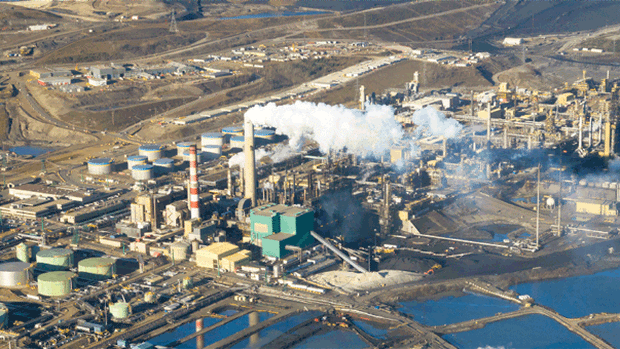Lifting the resource curse: Transparency of multinational enterprises
Sep 12, 2014
Countries blessed with abundant petroleum resources are often burdened by weak government and economic performance – a phenomenon known as the resource curse – and experts see the need for greater transparency.
Recent regulatory initiatives call for increased multinational enterprise (MNE) transparency. Yet about 75 per cent of the world’s oil reserves are controlled by state-owned enterprises (SOEs), many of which are not subject to the transparency requirements that come with being listed on a stock exchange. In light of those differences, can policy foster transparency while maintaining a level playing field between private MNEs and their SOE competitors?
To answer this question, it’s necessary to understand how transparent these firms currently are, say Anthony Cannizzaro and Dr. Robert J. Weiner of George Washington University, Washington, D.C., authors of a new study examining how private and state-owned enterprises differ in their decisions to reveal information about investments.
They found that state-owned petroleum MNEs reveal far less about their investments than publicly traded companies, a noteworthy discovery, considering that a central motivation for creating many SOEs, such as Petro-Canada, was originally to provide a “window on the industry.”
The study also reveals that MNEs’ willingness to disclose information about their investments depends on the political environment of the host country. “We find that SOEs are less sensitive to risks abroad, so may disclose more information in riskier environments,” says Mr. Cannizzaro. “Interestingly, when private companies enter riskier countries, they tend to disclose less about how they value investments – they are sensitive to the idea that the local governments might take their investments if they disclose that information.”
But not all SOEs are alike: mixed ownership companies – those that are partially state-owned but are also publicly listed – behave more like publicly traded companies than fully state-owned companies. And state-owned firms from more transparent countries are themselves more transparent. “SOEs can facilitate politicians’ providing or hiding information from their constituents,” says Mr. Cannizzaro. “In countries where citizens are able to demand greater transparency from their politicians, we found SOEs too are more transparent.”
Several countries pursue legislation to promote transparency, the researchers note. In June 2013, Prime Minister Harper announced that Canada would work to establish reporting standards that enhance transparency in Canadian extractive companies – policy the government intends to implement by 2015. In the U.S., the recent Dodd-Frank Wall Street Reform and Consumer Protection Act has a similar provision for extractive industry firms, requiring them to report their payments to governments in other countries on a project-by-project basis.
Such measures aim to help alleviate the resource curse. Yet the regulations are implemented without governments knowing what disclosures companies make at present. “To get a sense of what effect these regulations might have, we need to know what is being disclosed voluntarily now,” says Dr. Weiner. “Our goal is a breakthrough in transparency research.”
Loose-Lipped Leviathan? Transparency in Private- and State-Owned Multinationals by Anthony Cannizzaro and Dr. Robert J. Weiner of George Washington University, Washington, D.C.

